Lynn Chadwick R.A. (British, 1914-2003)Bullfrog
signed, numbered and dated 'CHADWICK./1951./63./7/9.' (on the underside)
bronze with a black patina and iron
64 cm. (25 1/8 in.) high
Conceived in 1951 and cast by Pangolin Editions in 1988FootnotesProvenance
The Artist, from whom acquired by the family of the present owner
Private Collection, Australia
Exhibited
Oxford, Black Hall, Seven British Contemporary Artists, May 1952, cat.no.34 (iron and composition maquette)
Furstentum, Galerie am Lindenplatz, Lynn Chadwick, 7 June-13 July 1991, cat.no.9 (another cast)
London, Beaux Arts, Lynn Chadwick, 16 May-30 June 2001 (another cast)
Loughborough, University School of Art and Design, Lynn Chadwick, July 2003, cat.no.1 (another cast)
London, Osborne Samuel Gallery, Lynn Chadwick, 23 September-17 October 2009, unnumbered (another cast)
London, Osborne Samuel Gallery, Lynn Chadwick: A Centenary Exhibition, 15 May-28 June 2014, unnumbered (another cast)
Literature
Paul Levine & Nico Koster, Lynn Chadwick, Spruyt, Van Mantgem & De Does, Leiden, 1988, pp.32-33 (another cast)
Dennis Farr & Éva Chadwick, Lynn Chadwick, Sculptor, With a Complete Illustrated Catalogue 1947-1996, Lypiatt Studio, Stroud, 1997, p.64-5, cat.no.63 (ill.b&w, another cast)
Dennis Farr, Lynn Chadwick, Tate Publishing, London, 2003, p.28 (ill.b&w, another cast)
Dennis Farr & Éva Chadwick, Lynn Chadwick, Sculptor, With a Complete Illustrated Catalogue 1947-2005, Lund Humphries, Aldershot, 2006, p.72-3, cat.no.63 (ill.b&w, another cast)
Dennis Farr & Éva Chadwick, Lynn Chadwick Sculptor, With a Complete Illustrated Catalogue 1947-2003, Lund Humphries, Farnham, 2014, p.85, cat.no.63 (ill.b&w, another cast)
Michael Bird, Lynn Chadwick, Lund Humphries, Farnham, 2014, p.56, cat.no.2-18 (col.ill, another cast)
Peter Osborne (intro.), Lynn Chadwick: A Centenary Exhibition, Osborne Samuel, London, 2014, pp.4, 16-17 (col.ill, another cast)
'Geometry of Fear' is a phrase used to refer to a group of sculptors whose combined works encapsulated the zeitgeist of 1950s Britain. The phrase originates from Herbert Read's essay accompanying a breakthrough group exhibition, New Aspects of British Sculpture, held at the Venice Biennale in 1952. For the catalogue Read wrote:
'These new images belong to the iconography of despair, or of defiance; and the more innocent the artist, the more effectively he transmits the collective guilt. Here are images of flight, or ragged claws 'scuttling across the floors of silent seas', of excoriated flesh, frustrated sex, the geometry of fear.' (exh.cat., Herbert Read, New Aspects of British Sculpture, British Pavilion catalogue for the XXVI Venice Biennale, 1952).
The 'innocent' (for which we can read young) artists to which Read refers are Robert Adams Kenneth Armitage Reg Butler Lynn Chadwick, Geoffrey Clarke Bernard Meadows Eduardo Paolozzi and William Turnbull Their 'collective guilt' arises from the post-war atmosphere of unease amongst this generation, many of whom had served, as the shadow of the conflict waned and they found themselves looking forward in the uncertainty of an atomic age. Their selected aesthetic was spikey, twisted humanoid or animal forms, often realised in welded and wired raw metal or pitted and wrought cast bronze.
New Aspects of British Sculpture met with seismic critical success and propelled this group of young sculptors to notoriety. Alfred Barr, the director of the Museum of Modern Art, New York, purchased several pieces for the museum and proclaimed that it seemed 'the most distinguished showing of the Biennale'. Lynn Chadwick has arguably become the most prominent and certainly the most internationally acclaimed of the group. Whilst hugely impactful, the movement was relatively short-lived and similarly, Chadwick's 'Geometry of Fear' works are confined to just a few years within his extensive and celebrated body of work. Yet this small capsule of fascinating and rare sculptures remains his finest contribution to art historical discourse.
Chadwick had trained as an architectural draughtsman before serving as a pilot in the war. In 1944 he returned to an architectural practice, specialising in display and design with a niche for fabricating mobiles for trade stands. Such experience afforded him an intrinsic understanding of space and balance which he would soon develop into a fine sculptural practice. In 1950 he had his first solo exhibition at Gimpel Fils in London consisting of both hanging and standing mobiles which combined static and dynamic elements. This process allowed Chadwick to control the broad structure of each work, whilst the kinetic elements introduce disruption to the form in a controlled but chaotic manner.
It is from this crucial period that Bullfrog originates. Initially the work was fabricated utilising a welded metal exoskeleton, fleshed out with composite material to create a solid body. Above this Chadwick counterbalances three kinetic cut steel pieces which describe the creature's throat, mouth, and jaw. Whilst the work was not included in the New Aspects of British Sculpture (presumably as it had already been sold to Pembroke College Oxford), it is entirely typical of the forms Chadwick exhibited, particularly Balanced Sculpture 1952 (Collection of MOMA, New York) in which the same idea is achieved but in a more skeletal form.
Some of Chadwick's 'Geometry of Fear' period sculptures are given perfunctory titles such as Mobile or Stabile with Mobile Element. Others, such as Fisheater and Dragonfly (both 1951, both Tate Collection) take their titles and forms from some of the more otherworldly members of the animal kingdom. At once familiar, and strange, these forms lend themselves exquisitely to Chadwick's purpose. Like other amphibians the bullfrog is primordial but larger, louder, more aggressive and bulbus than the garden variety species. Chadwick has rendered Bullfrog's immovable body upon four stout legs, its gaping mouth rotates recalling the somewhat uneven cycle of a croak and its jaw flaps open searching for prey to devour. The existential concerns of its times are palpable in its status as both threateningly gaping and rigidly impotent.
In works such as Bullfrog the young Chadwick audaciously vied with the current work of the most established of British artists. The animal form shares a synergy with the painting of Graham Sutherland, whose monumental The Origins of the Land executed the same year for the Festival of Britain, featured bestial forms swelling up from the earth. The sculptural device of a larger form containing intricate elements within recalls Henry Moore's Upright Internal/External Forms, also of 1951. At the 1952 Venice Biennale all three of these artists exhibited. The young Chadwick featured in the group show, whilst the two elder statesmen artists were given much higher billings (Sutherland a two-man exhibition with Edward Wadsworth and Moore had the honour of placing a large bronze at the pavilion's entrance). Chadwick's daring was rewarded as just four years later he would be selected as the only sculptor to represent the United Kingdom at that year's Venice Biennale, famously beating Giacometti by winning the International Sculpture Prize.
Bullfrog is not only a prime example of Chadwick's 'Geometry of Fear' works, but also a piece that foreshadows several key elements of his later output. The use of composite to create a solid form between armatures is unique in Chadwick's practice at this date but would become central to his process in the following decade. His early concern with the zoological and brutish would thread throughout his career, with unspecified beasts featuring in his practice right through to the late 1990s, and the rotating jaw-like form would also be revisited in works such as the monumental Rocker of 1977. However, perhaps the greatest marker of this sculpture's significance is that of all Chadwick's 'Geometry of Fear' works, Bullfrog is the only one he chose to later cast into a bronze and steel edition of nine (to which the present work belongs), rendering this cast both an important and rare prospect.
We are grateful to Sarah Chadwick for her assistance in cataloguing this lot.Read MoreAdditional informationAuction informationBuyers' ObligationsALL BIDDERS MUST AGREE THAT THEY HAVE READ AND UNDERSTOOD BONHAMS' CONDITIONS OF SALE AND AGREE TO BE BOUND BY THEM, AND AGREE TO PAY THE BUYER'S PREMIUM AND ANY OTHER CHARGES MENTIONED IN THE NOTICE TO BIDDERS. THIS AFFECTS THE BIDDERS LEGAL RIGHTS.If you have any complaints or questions about the Conditions of Sale, please contact your nearest customer services team.Buyers' Premium and ChargesFor all Sales categories, buyer's premium excluding Cars, Motorbikes, Wine, Whisky and Coin & Medal sales, will be as follows: Buyer's Premium Rates
28% on the first £40,000 of the hammer price;
27% of the hammer price of amounts in excess of £40,000 up to and including £800,000;
21% of the hammer price of amounts in excess of £800,000 up to and including £4,500,000;
and 14.5% of the hammer price of any amounts in excess of £4,500,000.VAT at the current rate of 20% will be added to the Buyer's Premium and charges excluding Artists Resale Right.Payment NoticesFor payment information please refer to the sale catalog.Shipping NoticesFor information and estimates on domestic and international shipping as well as export licences please contact Bonhams Shipping Department.Lot Symbols*Import low rateVAT on imported items at a preferential rate of 5% on Hammer Price and the prevailing rate on Buyer's Premium.ARArtists Resale RightGoods subject to Artists Resale Right Additional Premium.Related DepartmentsModern British & Irish ArtAuction ViewingsLondon, New Bond Street15 June 2023, 09:00 - 17:00 BST16 June 2023, 09:00 - 17:00 BST17 June 2023, 11:00 - 15:00 BST18 June 2023, 11:00 - 15:00 BST19 June 2023, 09:00 - 16:00 BST20 June 2023, 09:00 - 17:00 BST21 June 2023, 09:00 - 13:00 BSTConditions of SaleView Conditions of Sale
Lynn Chadwick R.A. (British, 1914-2003)Bullfrog
signed, numbered and dated 'CHADWICK./1951./63./7/9.' (on the underside)
bronze with a black patina and iron
64 cm. (25 1/8 in.) high
Conceived in 1951 and cast by Pangolin Editions in 1988FootnotesProvenance
The Artist, from whom acquired by the family of the present owner
Private Collection, Australia
Exhibited
Oxford, Black Hall, Seven British Contemporary Artists, May 1952, cat.no.34 (iron and composition maquette)
Furstentum, Galerie am Lindenplatz, Lynn Chadwick, 7 June-13 July 1991, cat.no.9 (another cast)
London, Beaux Arts, Lynn Chadwick, 16 May-30 June 2001 (another cast)
Loughborough, University School of Art and Design, Lynn Chadwick, July 2003, cat.no.1 (another cast)
London, Osborne Samuel Gallery, Lynn Chadwick, 23 September-17 October 2009, unnumbered (another cast)
London, Osborne Samuel Gallery, Lynn Chadwick: A Centenary Exhibition, 15 May-28 June 2014, unnumbered (another cast)
Literature
Paul Levine & Nico Koster, Lynn Chadwick, Spruyt, Van Mantgem & De Does, Leiden, 1988, pp.32-33 (another cast)
Dennis Farr & Éva Chadwick, Lynn Chadwick, Sculptor, With a Complete Illustrated Catalogue 1947-1996, Lypiatt Studio, Stroud, 1997, p.64-5, cat.no.63 (ill.b&w, another cast)
Dennis Farr, Lynn Chadwick, Tate Publishing, London, 2003, p.28 (ill.b&w, another cast)
Dennis Farr & Éva Chadwick, Lynn Chadwick, Sculptor, With a Complete Illustrated Catalogue 1947-2005, Lund Humphries, Aldershot, 2006, p.72-3, cat.no.63 (ill.b&w, another cast)
Dennis Farr & Éva Chadwick, Lynn Chadwick Sculptor, With a Complete Illustrated Catalogue 1947-2003, Lund Humphries, Farnham, 2014, p.85, cat.no.63 (ill.b&w, another cast)
Michael Bird, Lynn Chadwick, Lund Humphries, Farnham, 2014, p.56, cat.no.2-18 (col.ill, another cast)
Peter Osborne (intro.), Lynn Chadwick: A Centenary Exhibition, Osborne Samuel, London, 2014, pp.4, 16-17 (col.ill, another cast)
'Geometry of Fear' is a phrase used to refer to a group of sculptors whose combined works encapsulated the zeitgeist of 1950s Britain. The phrase originates from Herbert Read's essay accompanying a breakthrough group exhibition, New Aspects of British Sculpture, held at the Venice Biennale in 1952. For the catalogue Read wrote:
'These new images belong to the iconography of despair, or of defiance; and the more innocent the artist, the more effectively he transmits the collective guilt. Here are images of flight, or ragged claws 'scuttling across the floors of silent seas', of excoriated flesh, frustrated sex, the geometry of fear.' (exh.cat., Herbert Read, New Aspects of British Sculpture, British Pavilion catalogue for the XXVI Venice Biennale, 1952).
The 'innocent' (for which we can read young) artists to which Read refers are Robert Adams Kenneth Armitage Reg Butler Lynn Chadwick, Geoffrey Clarke Bernard Meadows Eduardo Paolozzi and William Turnbull Their 'collective guilt' arises from the post-war atmosphere of unease amongst this generation, many of whom had served, as the shadow of the conflict waned and they found themselves looking forward in the uncertainty of an atomic age. Their selected aesthetic was spikey, twisted humanoid or animal forms, often realised in welded and wired raw metal or pitted and wrought cast bronze.
New Aspects of British Sculpture met with seismic critical success and propelled this group of young sculptors to notoriety. Alfred Barr, the director of the Museum of Modern Art, New York, purchased several pieces for the museum and proclaimed that it seemed 'the most distinguished showing of the Biennale'. Lynn Chadwick has arguably become the most prominent and certainly the most internationally acclaimed of the group. Whilst hugely impactful, the movement was relatively short-lived and similarly, Chadwick's 'Geometry of Fear' works are confined to just a few years within his extensive and celebrated body of work. Yet this small capsule of fascinating and rare sculptures remains his finest contribution to art historical discourse.
Chadwick had trained as an architectural draughtsman before serving as a pilot in the war. In 1944 he returned to an architectural practice, specialising in display and design with a niche for fabricating mobiles for trade stands. Such experience afforded him an intrinsic understanding of space and balance which he would soon develop into a fine sculptural practice. In 1950 he had his first solo exhibition at Gimpel Fils in London consisting of both hanging and standing mobiles which combined static and dynamic elements. This process allowed Chadwick to control the broad structure of each work, whilst the kinetic elements introduce disruption to the form in a controlled but chaotic manner.
It is from this crucial period that Bullfrog originates. Initially the work was fabricated utilising a welded metal exoskeleton, fleshed out with composite material to create a solid body. Above this Chadwick counterbalances three kinetic cut steel pieces which describe the creature's throat, mouth, and jaw. Whilst the work was not included in the New Aspects of British Sculpture (presumably as it had already been sold to Pembroke College Oxford), it is entirely typical of the forms Chadwick exhibited, particularly Balanced Sculpture 1952 (Collection of MOMA, New York) in which the same idea is achieved but in a more skeletal form.
Some of Chadwick's 'Geometry of Fear' period sculptures are given perfunctory titles such as Mobile or Stabile with Mobile Element. Others, such as Fisheater and Dragonfly (both 1951, both Tate Collection) take their titles and forms from some of the more otherworldly members of the animal kingdom. At once familiar, and strange, these forms lend themselves exquisitely to Chadwick's purpose. Like other amphibians the bullfrog is primordial but larger, louder, more aggressive and bulbus than the garden variety species. Chadwick has rendered Bullfrog's immovable body upon four stout legs, its gaping mouth rotates recalling the somewhat uneven cycle of a croak and its jaw flaps open searching for prey to devour. The existential concerns of its times are palpable in its status as both threateningly gaping and rigidly impotent.
In works such as Bullfrog the young Chadwick audaciously vied with the current work of the most established of British artists. The animal form shares a synergy with the painting of Graham Sutherland, whose monumental The Origins of the Land executed the same year for the Festival of Britain, featured bestial forms swelling up from the earth. The sculptural device of a larger form containing intricate elements within recalls Henry Moore's Upright Internal/External Forms, also of 1951. At the 1952 Venice Biennale all three of these artists exhibited. The young Chadwick featured in the group show, whilst the two elder statesmen artists were given much higher billings (Sutherland a two-man exhibition with Edward Wadsworth and Moore had the honour of placing a large bronze at the pavilion's entrance). Chadwick's daring was rewarded as just four years later he would be selected as the only sculptor to represent the United Kingdom at that year's Venice Biennale, famously beating Giacometti by winning the International Sculpture Prize.
Bullfrog is not only a prime example of Chadwick's 'Geometry of Fear' works, but also a piece that foreshadows several key elements of his later output. The use of composite to create a solid form between armatures is unique in Chadwick's practice at this date but would become central to his process in the following decade. His early concern with the zoological and brutish would thread throughout his career, with unspecified beasts featuring in his practice right through to the late 1990s, and the rotating jaw-like form would also be revisited in works such as the monumental Rocker of 1977. However, perhaps the greatest marker of this sculpture's significance is that of all Chadwick's 'Geometry of Fear' works, Bullfrog is the only one he chose to later cast into a bronze and steel edition of nine (to which the present work belongs), rendering this cast both an important and rare prospect.
We are grateful to Sarah Chadwick for her assistance in cataloguing this lot.Read MoreAdditional informationAuction informationBuyers' ObligationsALL BIDDERS MUST AGREE THAT THEY HAVE READ AND UNDERSTOOD BONHAMS' CONDITIONS OF SALE AND AGREE TO BE BOUND BY THEM, AND AGREE TO PAY THE BUYER'S PREMIUM AND ANY OTHER CHARGES MENTIONED IN THE NOTICE TO BIDDERS. THIS AFFECTS THE BIDDERS LEGAL RIGHTS.If you have any complaints or questions about the Conditions of Sale, please contact your nearest customer services team.Buyers' Premium and ChargesFor all Sales categories, buyer's premium excluding Cars, Motorbikes, Wine, Whisky and Coin & Medal sales, will be as follows: Buyer's Premium Rates
28% on the first £40,000 of the hammer price;
27% of the hammer price of amounts in excess of £40,000 up to and including £800,000;
21% of the hammer price of amounts in excess of £800,000 up to and including £4,500,000;
and 14.5% of the hammer price of any amounts in excess of £4,500,000.VAT at the current rate of 20% will be added to the Buyer's Premium and charges excluding Artists Resale Right.Payment NoticesFor payment information please refer to the sale catalog.Shipping NoticesFor information and estimates on domestic and international shipping as well as export licences please contact Bonhams Shipping Department.Lot Symbols*Import low rateVAT on imported items at a preferential rate of 5% on Hammer Price and the prevailing rate on Buyer's Premium.ARArtists Resale RightGoods subject to Artists Resale Right Additional Premium.Related DepartmentsModern British & Irish ArtAuction ViewingsLondon, New Bond Street15 June 2023, 09:00 - 17:00 BST16 June 2023, 09:00 - 17:00 BST17 June 2023, 11:00 - 15:00 BST18 June 2023, 11:00 - 15:00 BST19 June 2023, 09:00 - 16:00 BST20 June 2023, 09:00 - 17:00 BST21 June 2023, 09:00 - 13:00 BSTConditions of SaleView Conditions of Sale
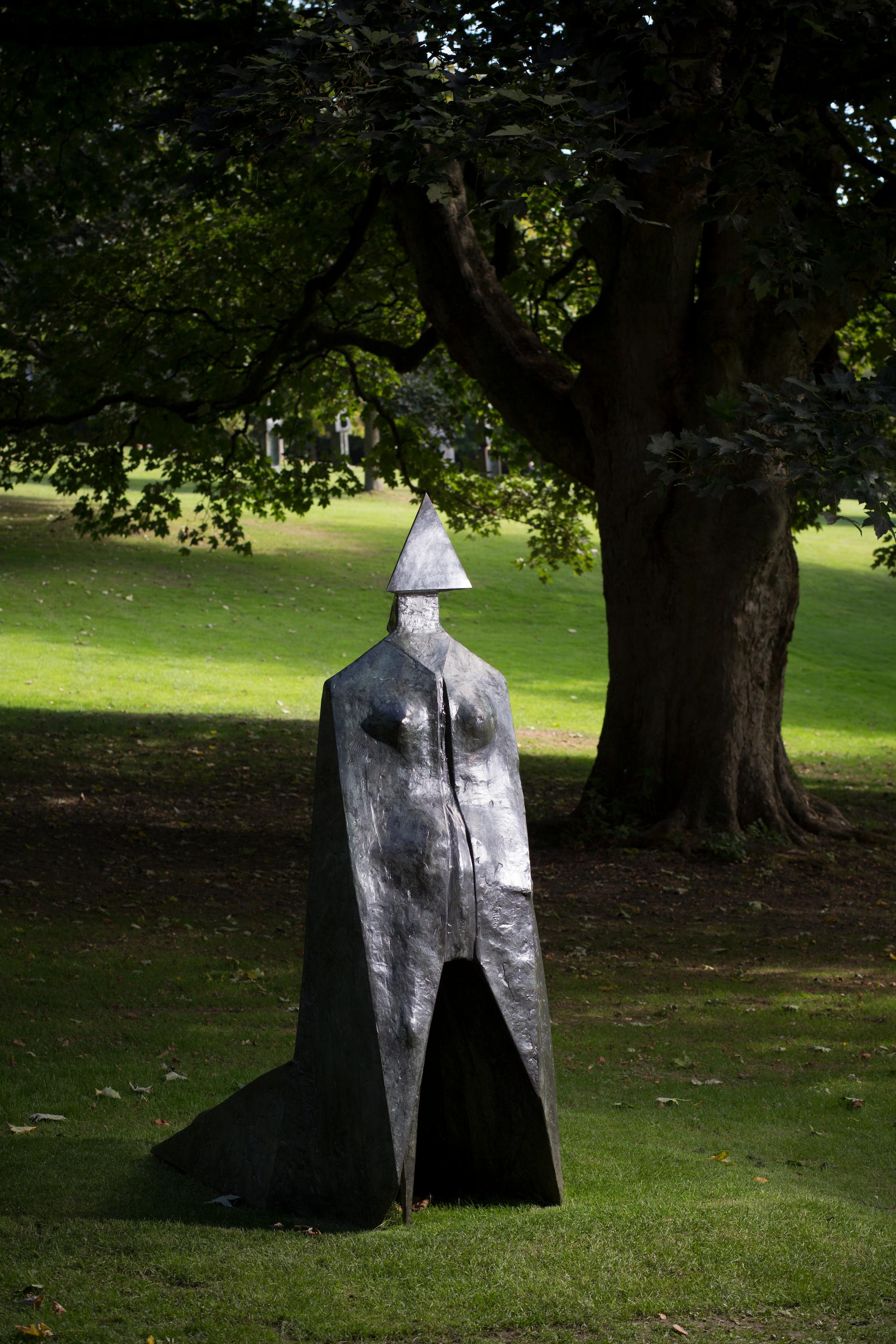
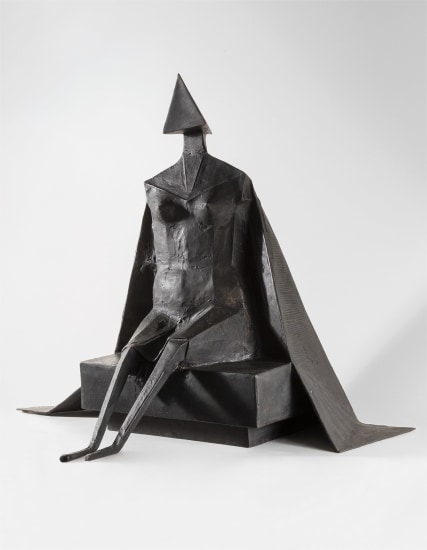
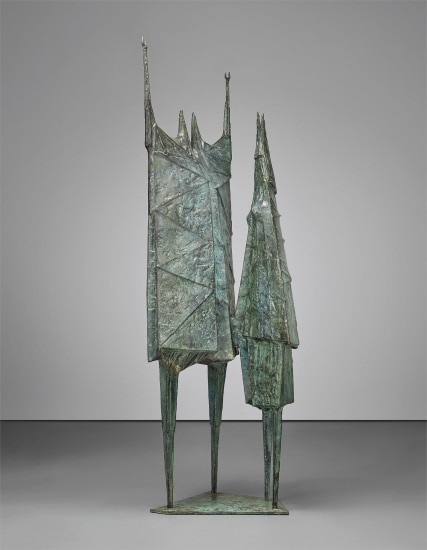

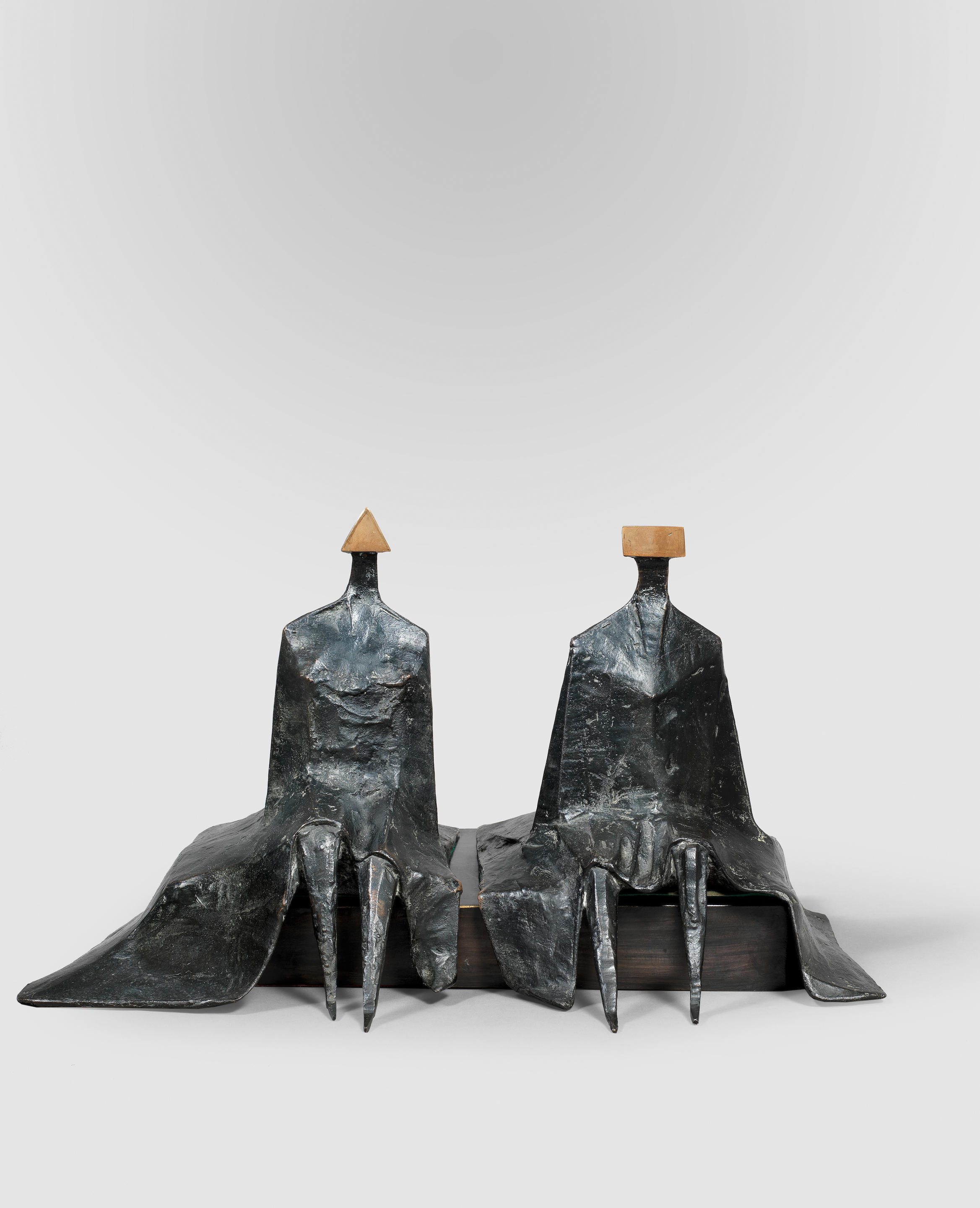

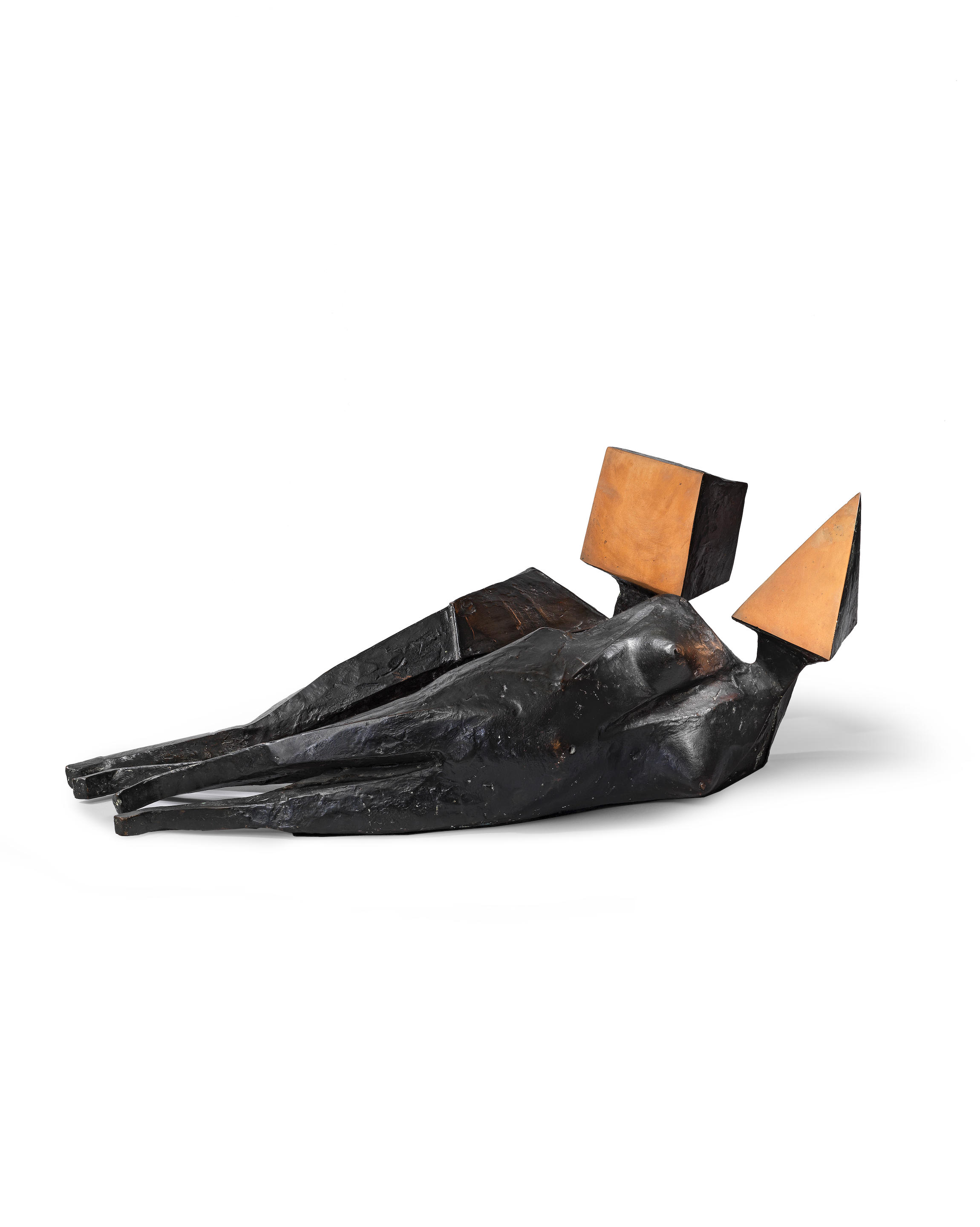
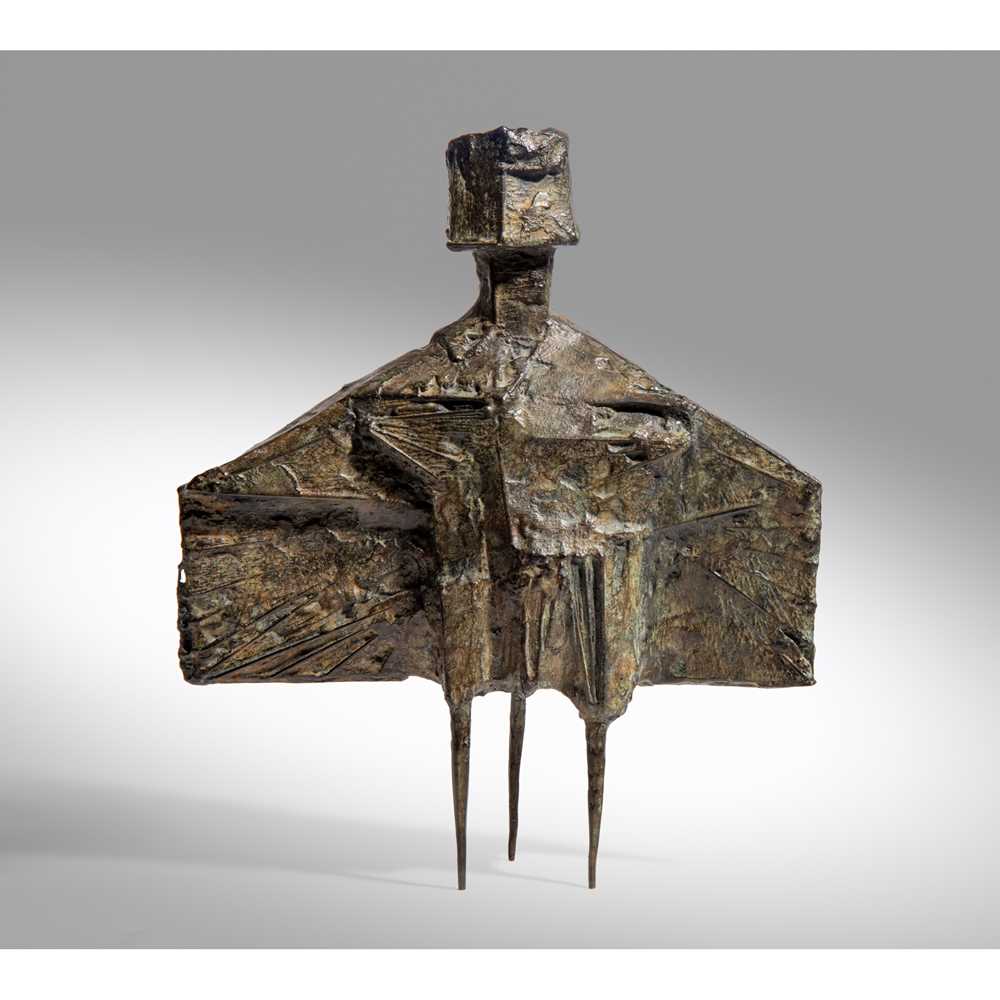

.jpg)
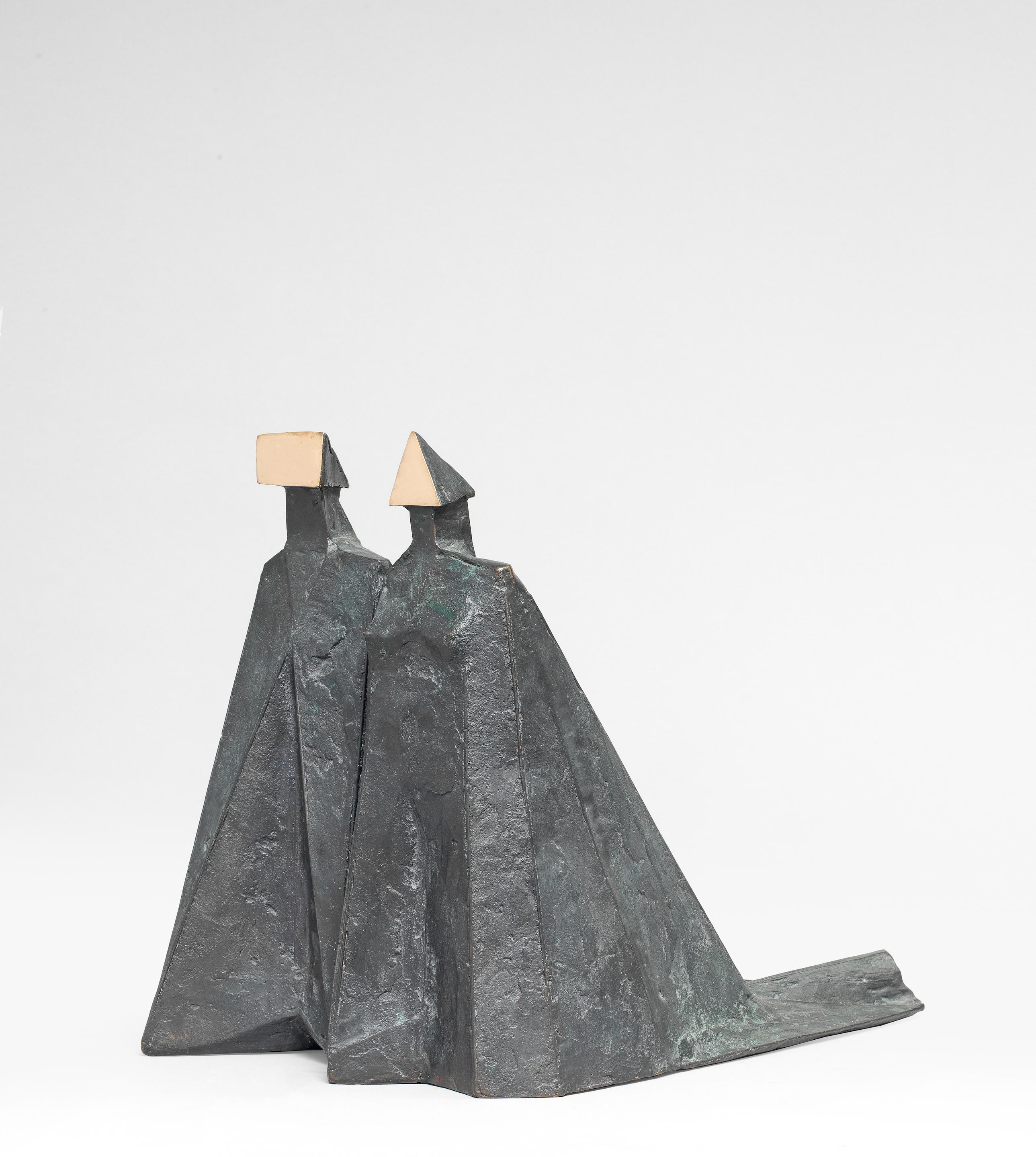
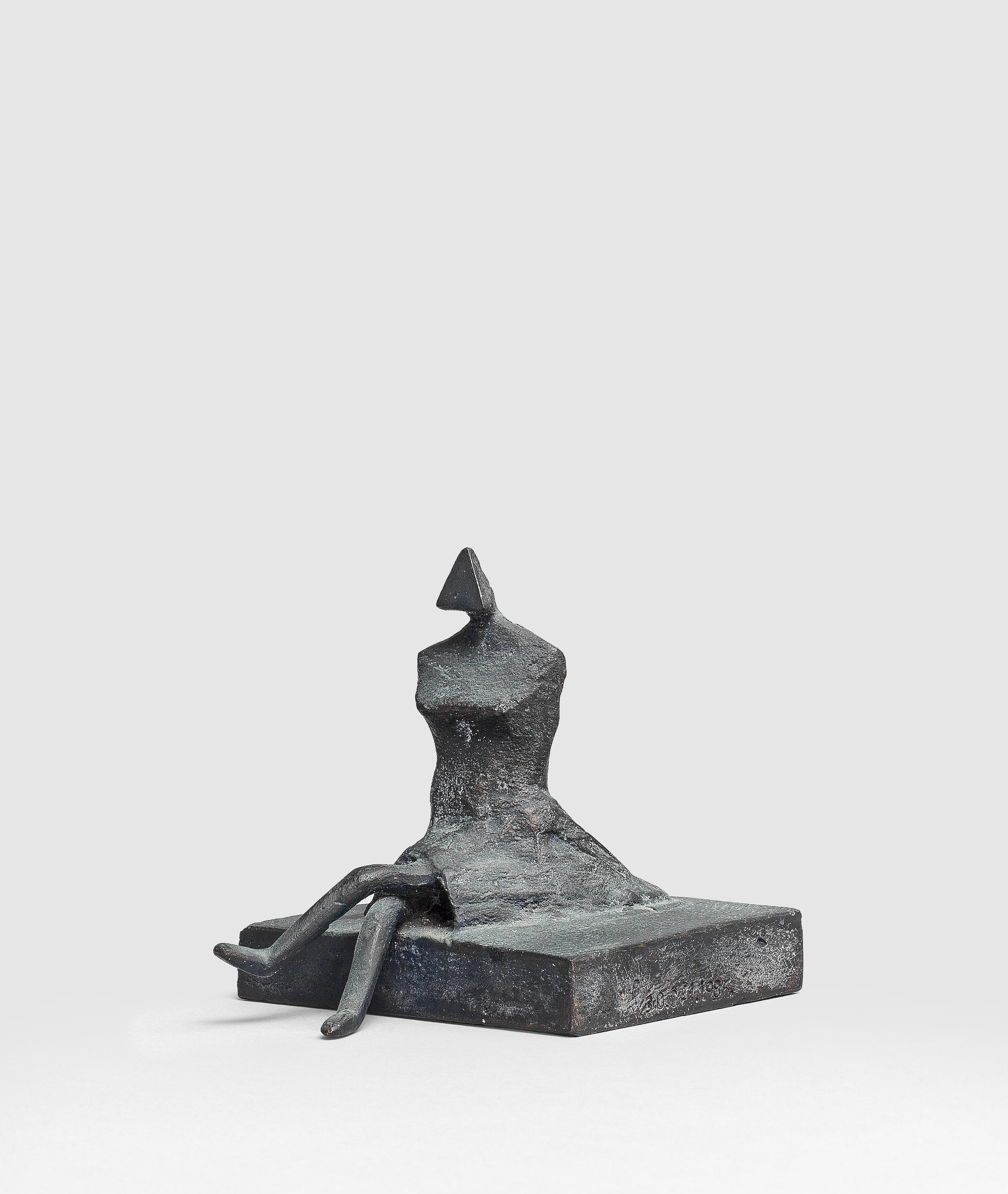
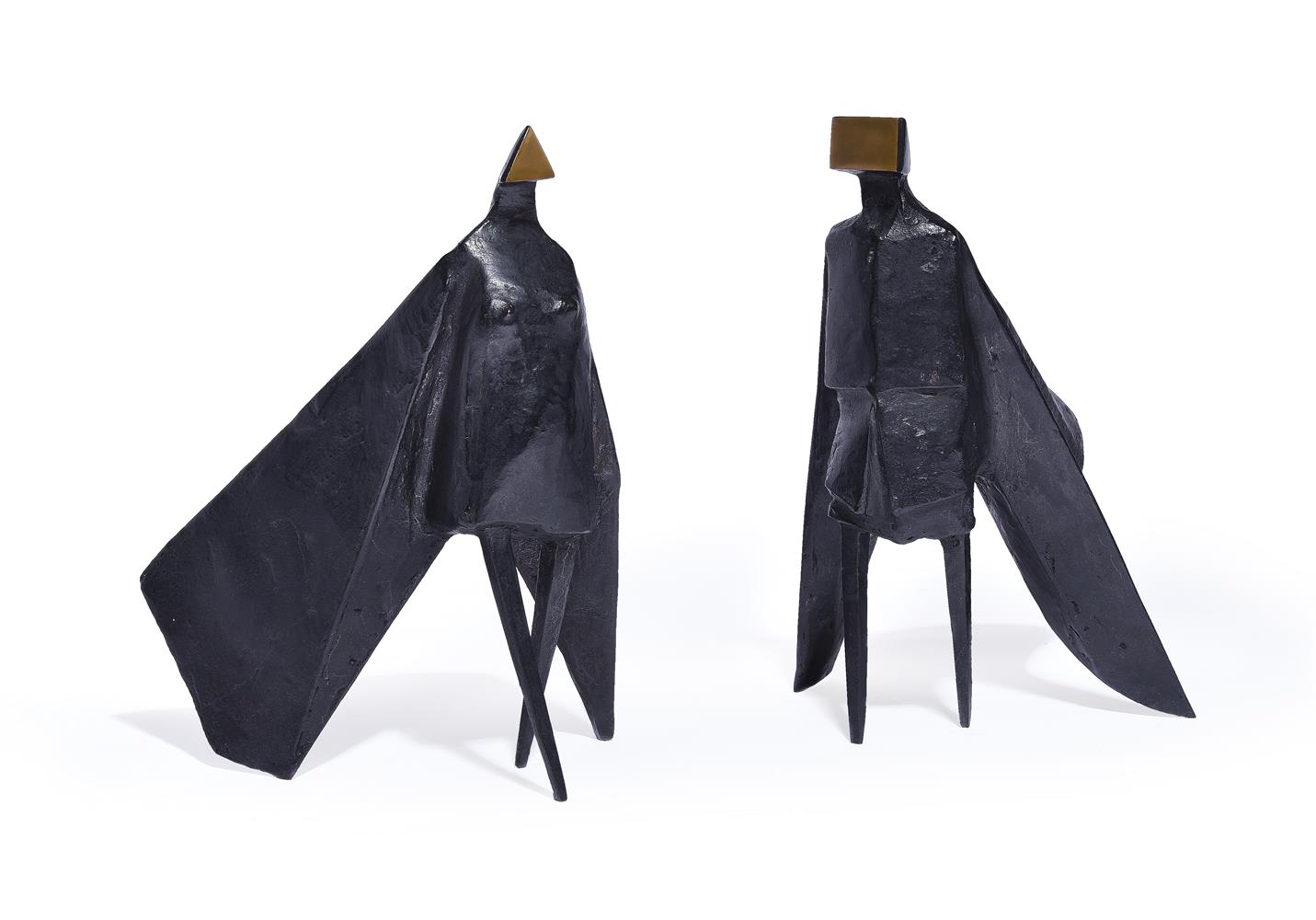
.jpg)
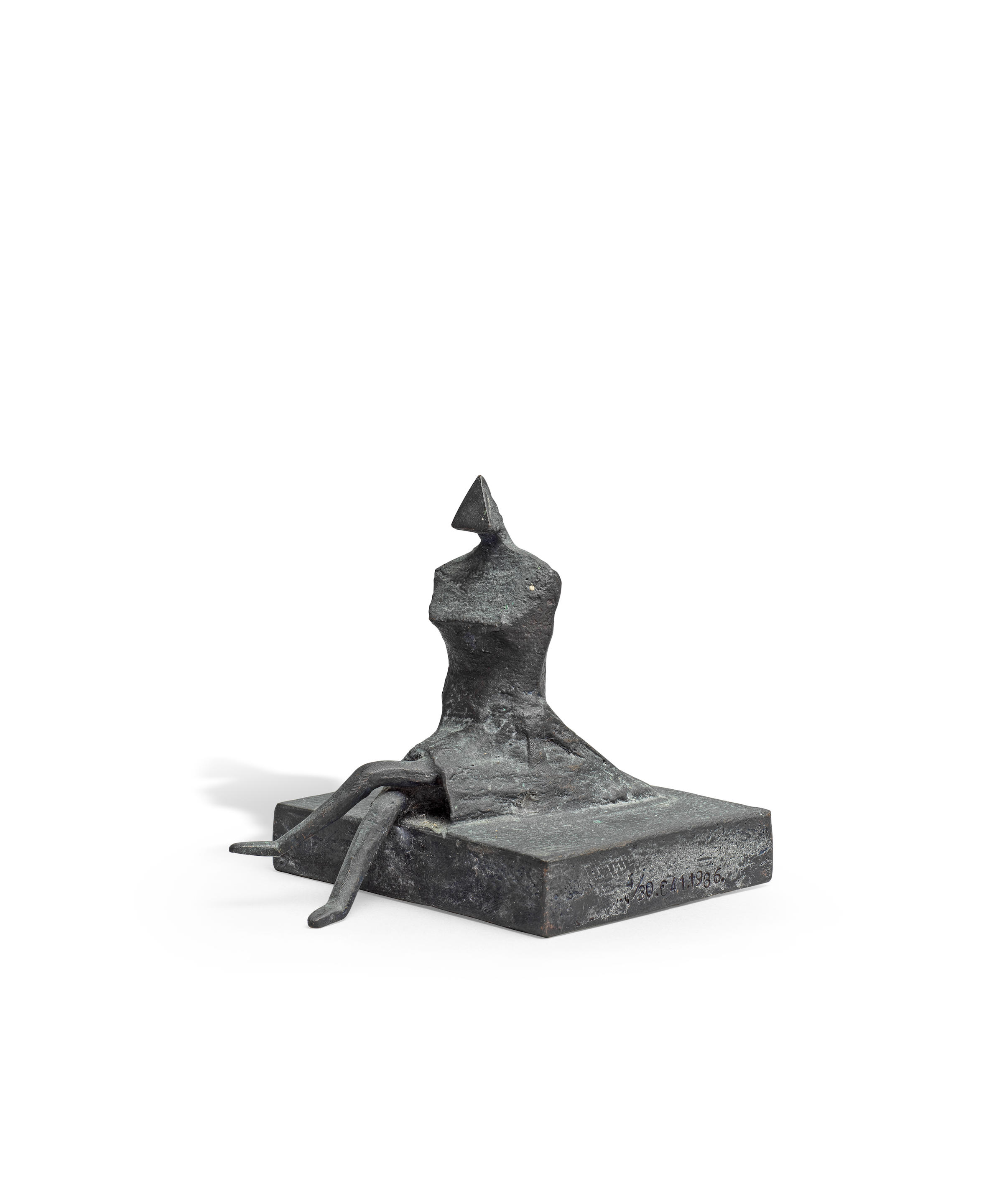
Try LotSearch and its premium features for 7 days - without any costs!
Be notified automatically about new items in upcoming auctions.
Create an alert